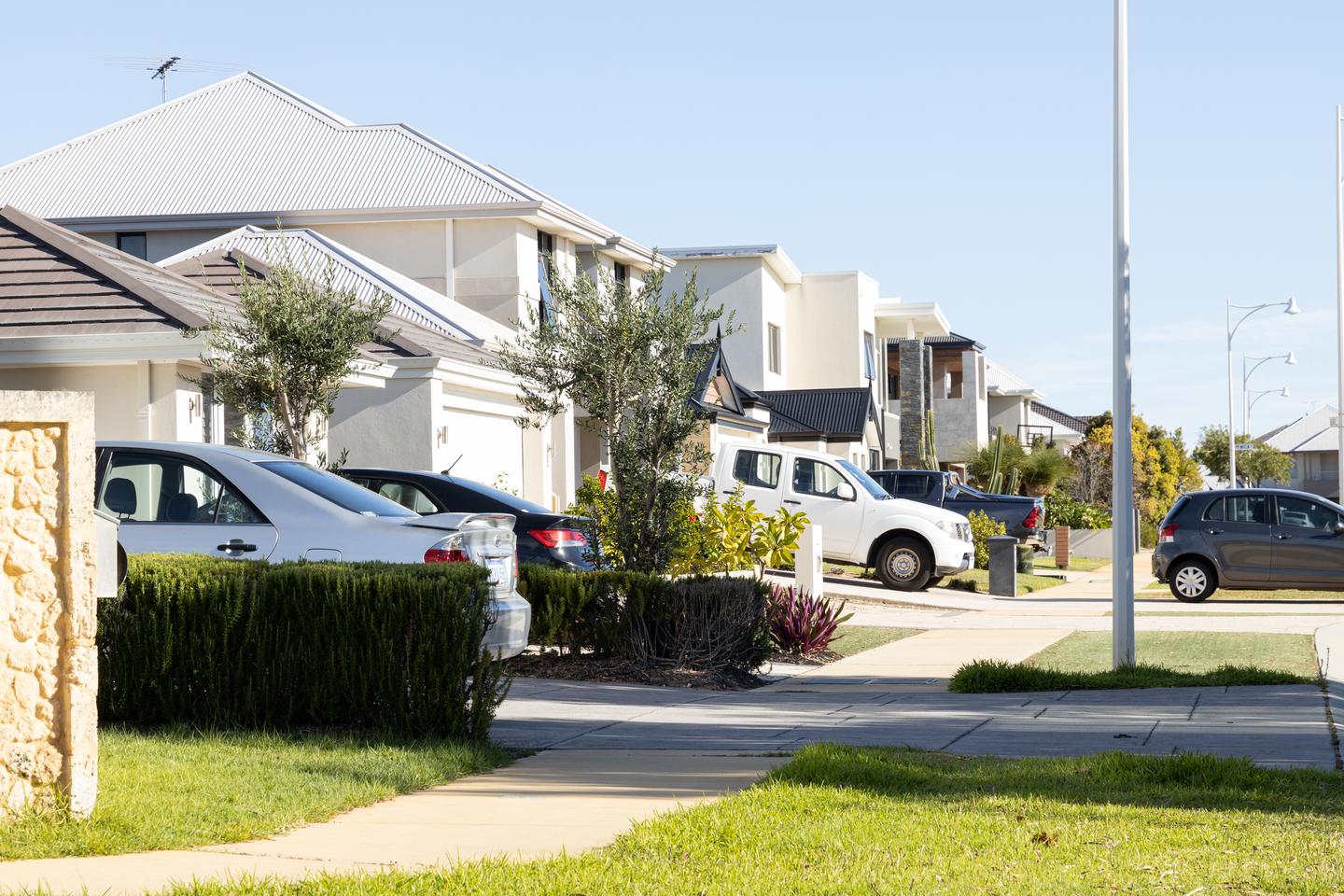
ANZ Banking Group has forecast house price growth to slow as mortgage rates climb in 2022, but says most households are well-placed to weather tighter financial conditions.
The bank’s property outlook for 2022 and 2023 anticipates average capital city house prices to rise 8 per cent this year before declining by some 6 per cent in 2023.
“The 20 per cent-plus gains in house prices over the past year won’t be repeated in 2022,” the report read.
“The return of immigration and very low unemployment will be supportive factors, but eventually higher rates will trump the positive fundamentals and prices will turn lower.
“We expect average capital-city housing prices to rise around 8 per cent in 2022 and to decline around 6 per cent in 2023 (previously +6 per cent and -3.5 per cent respectively).”
The fall will be modest however, according to the report, with households savings, lower unemployment and a lift in immigration tipped to soften the blow.
With the Reserve Bank set to start its first interest rate tightening cycle since 2009, ANZ said it expects a series of rate hikes to bring the cash rate up to 2 per cent by the end of 2023.
In tandem, it forecast mortgage rates would continue to rise through this year and the next.
In terms of house prices, it had capital city prices to rise in by 8 per cent in 2022, with strongest gains anticipated for Brisbane, Adelaide, Sydney, Hobart and Canberra.
Melbourne Perth and Darwin however are set to experience more modest gains, with a 3 per cent increase flagged for WA’s capital.
As for construction, the bank says there is still a substantial amount of work in the pipeline stemming from the federal government’s HomeBuilder program.
ANZ anticipates higher mortgage rates will eventually take a toll on the sector however, with construction projected to fall gradually in 2023.
Broadly, the report held that households were in a strong position to weather changing financial conditions.
Higher household savings and the prospect of potential pay-rises are set to act as a buffer to likely rate hikes, according to ANZ.
“Home owning households are more likely to have bigger liquid buffers, which can be drawn down if needed to service mortgages at higher interest rates,” it said.
The bank noted that an increase in first home buyers could pose a risk to stability, with the average loan for this demographic averaging $481,000 in December last year, up 11 per cent year on year.








